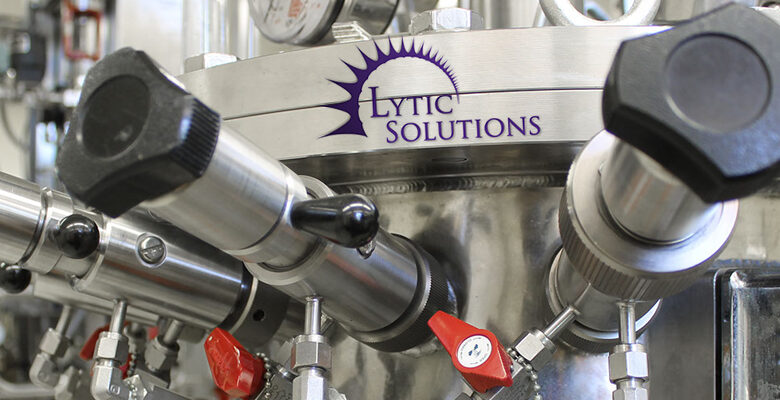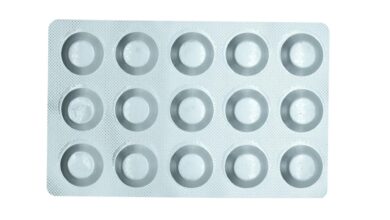Protein G Column Chromatography: Optimization and Troubleshooting

Protein G column chromatography is a powerful technique widely used in bioseparations to isolate and purify specific proteins from complex mixtures. Understanding the principles of optimization and troubleshooting common issues in Protein G column chromatography is essential for achieving high-quality results in protein purification. This article delves into the intricacies of Protein G column chromatography, exploring factors that influence its performance, strategies for optimization, and the role of Lytic Solutions in enhancing chromatographic efficiency. By addressing key concepts and providing practical insights, this article aims to equip researchers and professionals with the knowledge needed to optimize Protein G column chromatography for successful protein purification.
What is Protein G Column Chromatography?
Protein G column chromatography is like a VIP event for proteins, where they get separated based on their unique characteristics, almost like a protein talent show.
Importance of Protein G Column Chromatography in Bioseparations
Protein G column chromatography is crucial in the world of bioseparations because it helps scientists isolate specific proteins from a mix, kind of like finding Waldo in a sea of stripes.
Principles of Optimization in Protein G Column Chromatography
Understanding the Chromatographic Process
To optimize protein G column chromatography, think of it as a puzzle where adjusting different pieces like flow rate and buffer conditions help you get the perfect picture.
Key Parameters for Optimization
Key to optimization are factors like flow rate, temperature, and column selection, which are like the main ingredients in a recipe – get them right, and you’ll have a deliciously pure protein sample.
Factors Affecting Protein G Column Chromatography
Sample Characteristics
Just like people, proteins come in all shapes and sizes, and their characteristics affect how they behave in the column, so it’s like managing a group of diverse personalities.
Column Selection and Packing
Choosing the right column and packing it correctly is like Goldilocks finding the perfect bed – not too hard, not too soft, but just right for separating those proteins.
Buffer Conditions and pH
Buffer conditions and pH levels are like the mood lighting of your separation party – get them wrong, and proteins might not dance out of the column as you’d like.
Strategies for Optimization in Protein G Column Chromatography
Method Development and Preparative Steps
Developing the right method and preparative steps is like setting the stage for a successful play – do it right, and each protein will have its time to shine.
Gradient Elution Techniques
Gradient elution techniques are like playing a song with building intensity – it helps proteins leave the column gracefully, one by one, ensuring a clean separation.
Optimizing Flow Rates and Temperatures
Flow rates and temperatures are like the speed and atmosphere of your separation – find the right balance, and you’ll have a smooth ride to pure protein paradise.
Troubleshooting Common Issues in Protein G Column Chromatography
Peak Broadening or Tailing
Have your peaks decided to throw a party and invite too many neighbors, leading to broadening or tailing? This could be due to factors like column overloading, incorrect sample loading volume, or even a pesky air bubble tagging along for the ride. Make sure to optimize your sample loading conditions, and give those peaks some space to breathe!
Poor Resolution and Peak Splitting
Fancy a magic show where your peaks suddenly decide to split up and lose resolution? This could be caused by issues like incorrect column packing, mobile phase pH out of whack, or even sample impurities crashing the chromatography party. Check your column packing, adjust that pH, and give those impurities the boot to restore resolution and peak unity!
Reduced Binding Capacity
Is your column feeling a bit under the weather and not binding as much protein as usual? This could be due to factors like improper column storage, protein denaturation, or incompatible buffer solutions. Give your column some TLC with proper storage conditions, protect your proteins from denaturation, and ensure your buffers are the supportive companions your proteins need.
Role of Lytic Solutions in Enhancing Protein G Column Chromatography
Benefits of Lytic Solutions in Improving Protein Recovery
Enter Lytic Solutions, the superhero sidekick your protein purification process deserves! These solutions can enhance protein recovery by promoting efficient cell lysis and maximizing protein extraction from the depths of cellular debris. Say goodbye to lost proteins and hello to higher yields with Lytic Solutions by your side!
Optimal Usage and Compatibility with Protein G Columns
But wait, can Lytic Solutions and Protein G Columns be BFFs? Absolutely! These solutions are designed to play nice with Protein G Columns, ensuring optimal compatibility and seamless integration into your chromatography workflow. With the right usage guidelines and a dash of chemistry magic, achieve peak performance with this dynamic duo!
Case Studies and Examples of Successful Optimization using Lytic Solutions
In the world of protein purification, success stories are like gold nuggets waiting to be unearthed. Explore case studies and examples showcasing how Lytic Solutions have transformed protein G column chromatography woes into wins. From troubleshooting hurdles to achieving peak purification performance, witness firsthand the magic of Lytic Solutions in action!
In conclusion, mastering the optimization and troubleshooting aspects of Protein G column chromatography, along with harnessing the benefits of Lytic Solutions, can significantly enhance the efficiency and effectiveness of protein purification processes. By implementing the strategies discussed in this article, researchers can overcome challenges, improve yields, and achieve high-purity protein samples for a wide range of downstream applications in biopharmaceuticals, biotechnology, and beyond. Stay informed, experiment thoughtfully, and continue refining your Protein G column chromatography practices to elevate the quality and success of your protein purification endeavors.
Frequently Asked Questions (FAQ)
What is the role of Lytic Solutions in Protein G column chromatography?
Lytic Solutions play a crucial role in enhancing the efficiency of protein purification by aiding in the disruption of cell membranes and releasing intracellular proteins for subsequent chromatographic separation.
How can I troubleshoot peak broadening or tailing in Protein G column chromatography?
Peak broadening or tailing issues can be addressed by optimizing the column packing, adjusting buffer conditions, or utilizing appropriate gradient elution techniques to improve resolution and peak shape.
Why is understanding the sample characteristics important for optimizing Protein G column chromatography?
Sample characteristics such as protein size, charge, and hydrophobicity can impact the chromatographic behavior and overall performance of Protein G column chromatography. Understanding these factors is essential for designing effective purification strategies.
Can Lytic Solutions be used with all types of Protein G columns?
It is recommended to check the compatibility of Lytic Solutions with specific Protein G columns to ensure optimal performance. Some columns may have specific requirements or restrictions regarding the use of certain additives, including Lytic Solutions.



